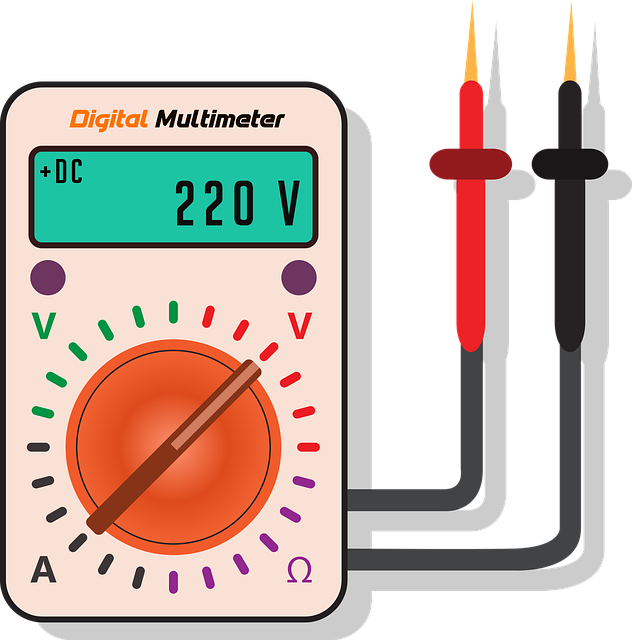1. Electrical Circuit Analysis
2. Digital Electronics
3. Electrical Machines-1
4. Electromagnetic Fields
5. Engineering Mechanics

EEE
Third Semester
Network Theorems (9 Hours)
Superposition theorem, Thevenin theorem, Norton theorem, Maximum power transfer theorem, Reciprocity theorem, Compensation theorem. Analysis with dependent current and voltage sources. Node and Mesh Analysis. Concept of duality and dual networks.
Solution of First and Second order networks (8 Hours)
Solution of first and second order differential equations for Series and parallel R-L, R-C, R-L-C circuits, initial and final conditions in network elements, forced and free response, time constants, steady state and transient state response.
Sinusoidal steady state analysis (8 Hours)
Representation of sine function as rotating phasor, phasor diagrams, impedances and admittances, AC circuit analysis, effective or RMS values, average power and complex power. Three-phase circuits. Mutual coupled circuits, Dot Convention in coupled circuits, Ideal Transformer.
Electrical Circuit Analysis Using Laplace Transforms (8 Hours)
Review of Laplace Transform, Analysis of electrical circuits using Laplace Transform for standard inputs, convolution integral, inverse Laplace transform, transformed network with initial conditions. Transfer function representation. Poles and Zeros. Frequency response (magnitude and phase plots), series and parallel resonances
Two Port Network and Network Functions (6 Hours)
Two Port Networks, terminal pairs, relationship of two port variables, impedance parameters, admittance parameters, transmission parameters and hybrid parameters, interconnections of two port networks.
Network Topology and Graph Theory (3 Hours)
Introductory concepts of network graphs, cut sets, loops, cut set and loop analysis.
Suggested books
1. M. E. Van Valkenburg, “Network Analysis”, Prentice Hall, 2006.
2. D. Roy Choudhury, “Networks and Systems”, New Age International Publications, 1998.
3. W. H. Hayt and J. E. Kemmerly, “Engineering Circuit Analysis”, McGraw Hill Education, 2013.
4. C. K. Alexander and M. N. O. Sadiku, “Electric Circuits”, McGraw Hill Education, 2004.